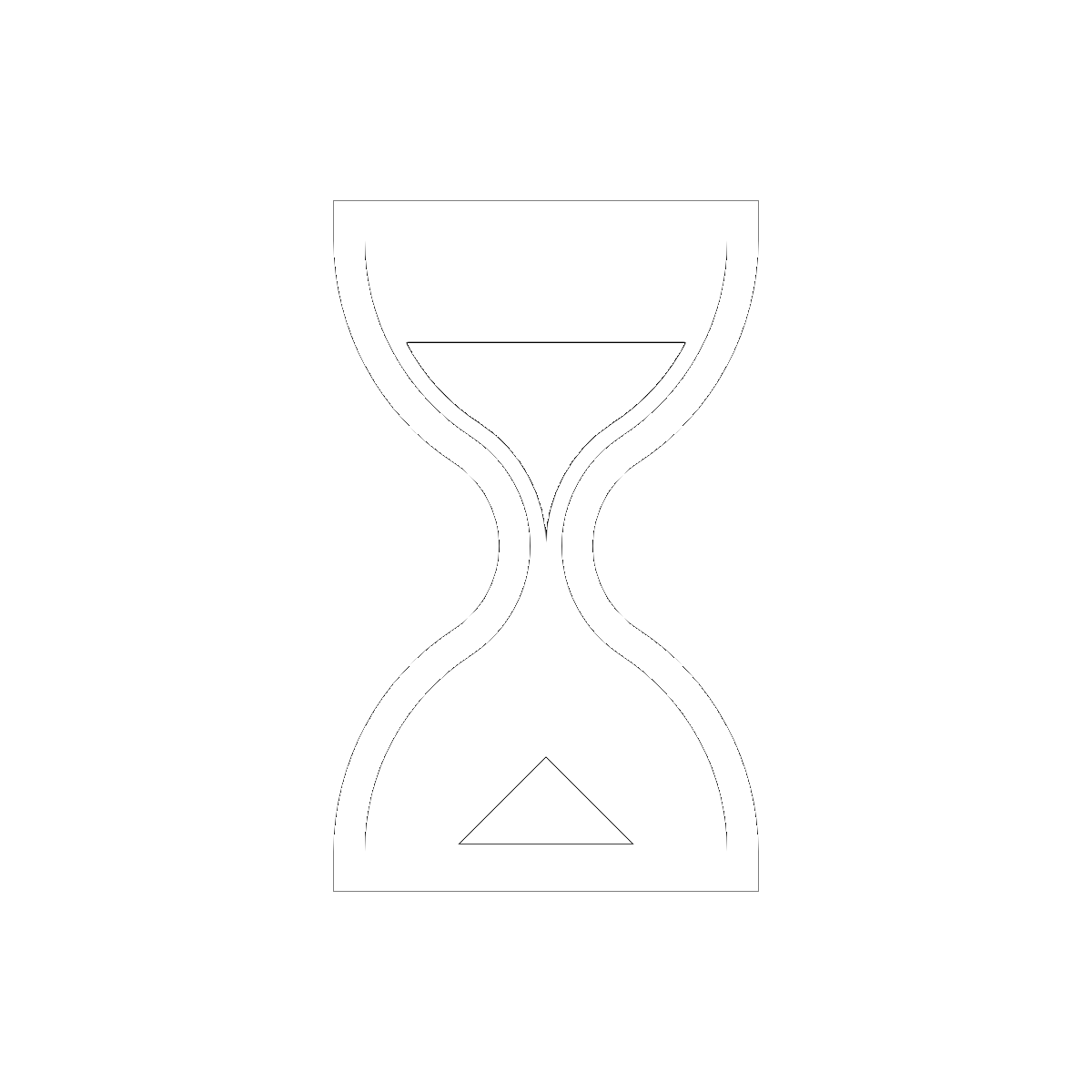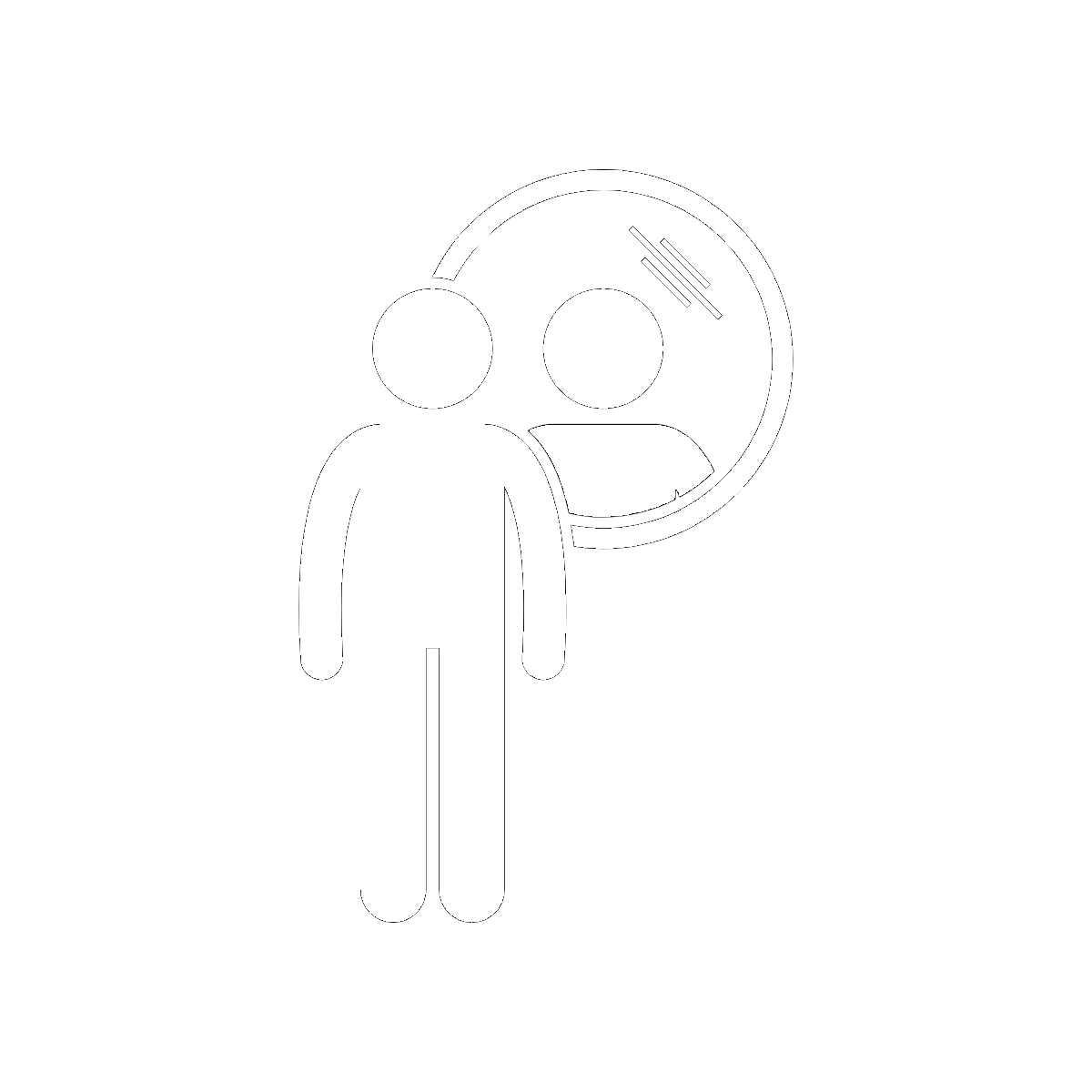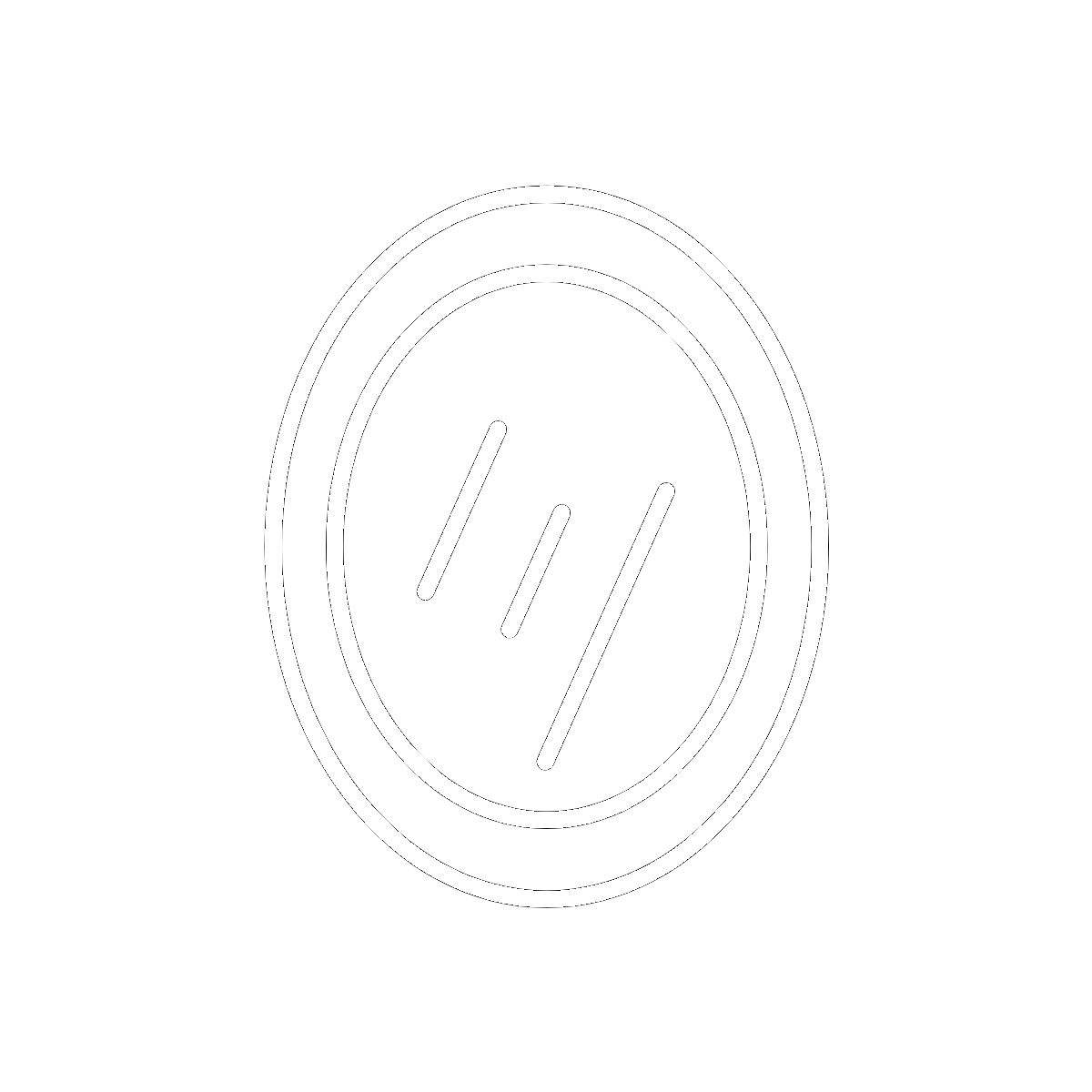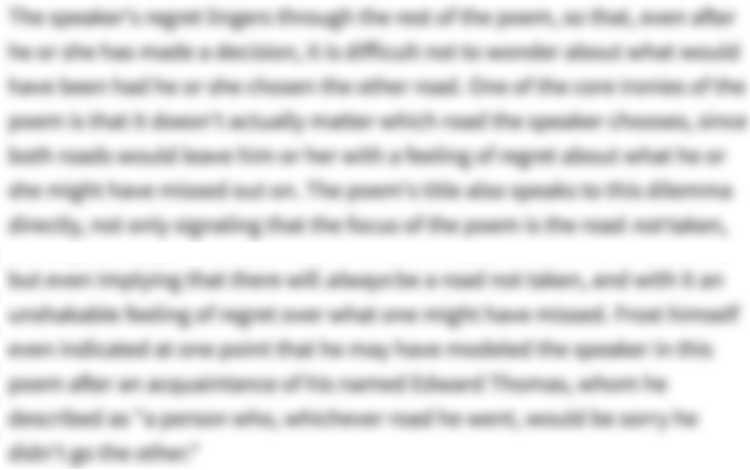-
“Mirror” Introduction
-
-
“Mirror” Summary
-
-
“Mirror” Themes
-

Time, Aging, and Mortality
Where this theme appears in the poem:- Lines 1-5
- Lines 14-18
-

Appearance and Identity
Where this theme appears in the poem:- Lines 1-5
- Lines 10-11
- Lines 12-14
-
-
Line-by-Line Explanation & Analysis of “Mirror”
-
Lines 1-3
I am silver ...
... love or dislike. -
Lines 4-5
I am not ...
... little god, four-cornered. -
Lines 6-9
Most of the ...
... over and over. -
Lines 10-11
Now I am ...
... she really is. -
Lines 12-14
Then she turns ...
... agitation of hands. -
Lines 15-16
I am important ...
... replaces the darkness. -
Lines 17-18
In me she ...
... a terrible fish.
-
-
“Mirror” Symbols
-

The Mirror
Where this symbol appears in the poem:- Lines 1-5
- Lines 10-11
- Lines 13-18
-
-
“Mirror” Poetic Devices & Figurative Language
-
Personification
Where personification appears in the poem:- Lines 1-18
-
Consonance
Where consonance appears in the poem:- Line 1: “silver,” “exact,” “preconceptions”
- Line 2: “Whatever,” “see,” “swallow”
- Line 3: “Just,” “unmisted,” “love,” “dislike”
- Line 4: “cruel, only truthful”
- Line 5: “four-cornered”
- Line 6: “time,” “meditate,” “opposite”
- Line 7: “pink,” “speckles,” “looked,” “long”
- Line 8: “think,” “part,” “heart,” “flickers”
- Line 9: “Faces,” “darkness,” “separate,” “us”
- Line 11: “Searching,” “reaches for,” “really”
- Line 12: “turns,” “liars,” “candles,” “moon”
- Line 13: “back,” “reflect,” “faithfully”
- Line 14: “rewards,” “tears”
- Line 16: “face,” “replaces,” “darkness”
- Line 18: “Rises toward her,” “after,” “terrible”
-
Assonance
Where assonance appears in the poem:- Line 1: “exact,” “have,” “preconceptions”
- Line 2: “see,” “immediately”
- Line 3: “is,” “unmisted,” “dislike”
- Line 4: “cruel,” “truthful”
- Line 8: “part,” “heart,” “it flickers”
- Line 9: “Faces,” “separate”
- Line 11: “reaches,” “really”
- Line 13: “see,” “faithfully”
- Line 16: “face,” “replaces”
-
Diacope
Where diacope appears in the poem:- Line 9: “over and over”
- Line 18: “day after day”
-
Metaphor
Where metaphor appears in the poem:- Line 2: “Whatever I see I swallow immediately”
- Line 3: “unmisted by love or dislike”
- Line 5: “The eye of a little god”
- Lines 7-8: “I have looked at it so long / I think it is part of my heart”
- Lines 10-11: “Now I am a lake. A woman bends over me, / Searching my reaches for what she really is”
- Lines 17-18: “In me she has drowned a young girl, and in me an old woman / Rises toward her day after day”
-
Simile
Where simile appears in the poem:- Lines 17-18: “and in me an old woman / Rises toward her day after day, like a terrible fish”
-
Imagery
Where imagery appears in the poem:- Line 1: “I am silver and exact.”
- Line 5: “The eye of a little god, four-cornered.”
- Line 7: “It is pink, with speckles.”
- Lines 8-9: “But it flickers. / Faces and darkness separate us over and over.”
- Line 16: “Each morning it is her face that replaces the darkness.”
-
Allusion
Where allusion appears in the poem:- Lines 10-11: “Now I am a lake. A woman bends over me, / Searching my reaches for what she really is.”
-
Enjambment
Where enjambment appears in the poem:- Lines 2-3: “immediately / Just”
- Lines 7-8: “long / I ”
- Lines 17-18: “woman / Rises”
-
-
“Mirror” Vocabulary
Select any word below to get its definition in the context of the poem. The words are listed in the order in which they appear in the poem.
- Preconceptions
- Unmisted
- Meditate
- Speckles
- Agitation
Preconceptions-
(Location in poem: Line 1: “I have no preconceptions”)
-
Form, Meter, & Rhyme Scheme of “Mirror”
-
Form
-
Meter
-
Rhyme Scheme
-
-
“Mirror” Speaker
-
-
“Mirror” Setting
-
-
Literary and Historical Context of “Mirror”
-
-
More “Mirror” Resources
-
External Resources
-
A Reading of the Poem — Hear the poem read aloud.
-
An Interview with Plath — An interview with the poet by Peter Orr for the BBC, in which she talks about her influences and process.
-
Mirrors and Women — A brief essay by Neve Akridge about the significance of mirrors in women's literature
-
The Poet's Voice — Check out this recording of Plath reading a selection of her earlier poems, most of which were featured in The Colossus, her only book published during her lifetime.
-
Biography and Poems — An overview of Sylvia Plath's life and work, along with a number of her poems to explore.
-
-
LitCharts on Other Poems by Sylvia Plath
-










